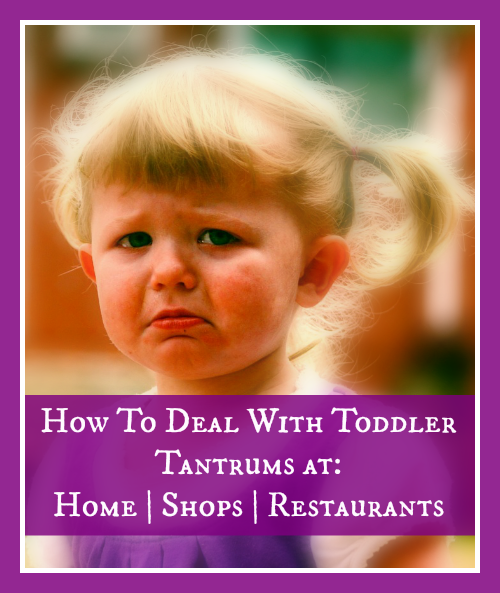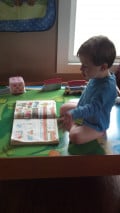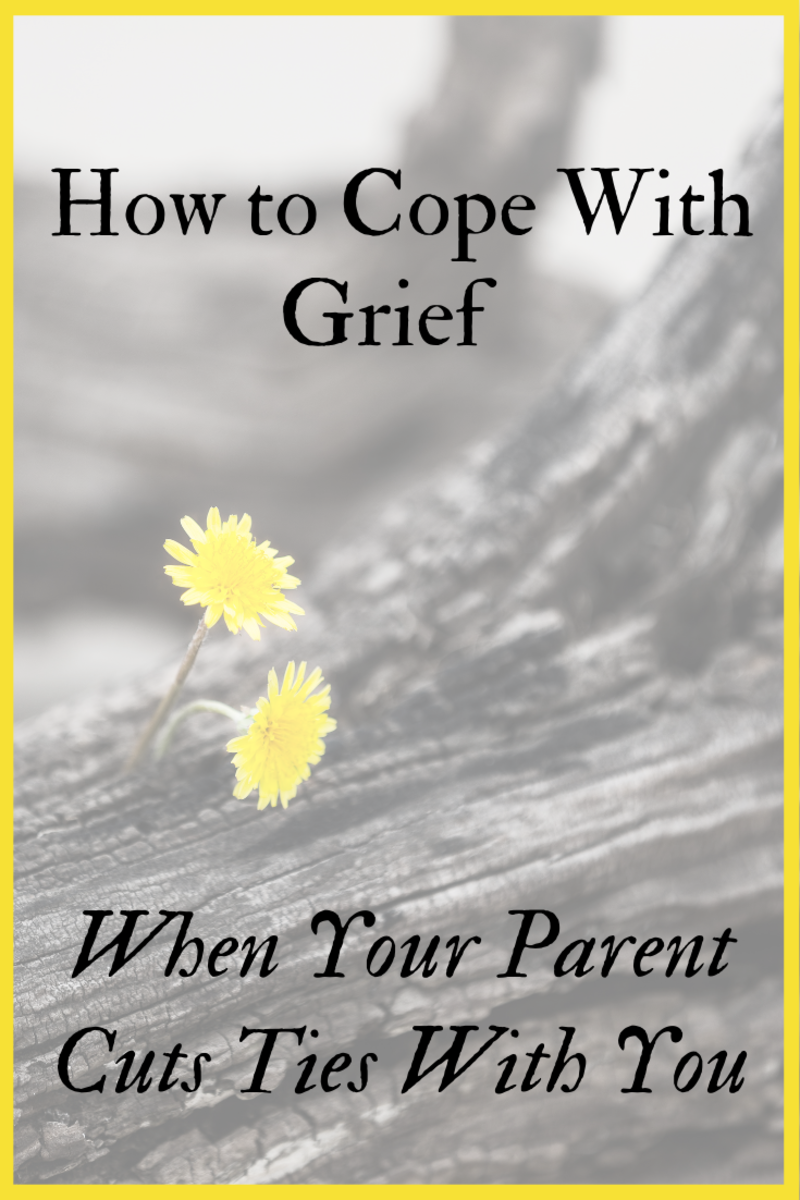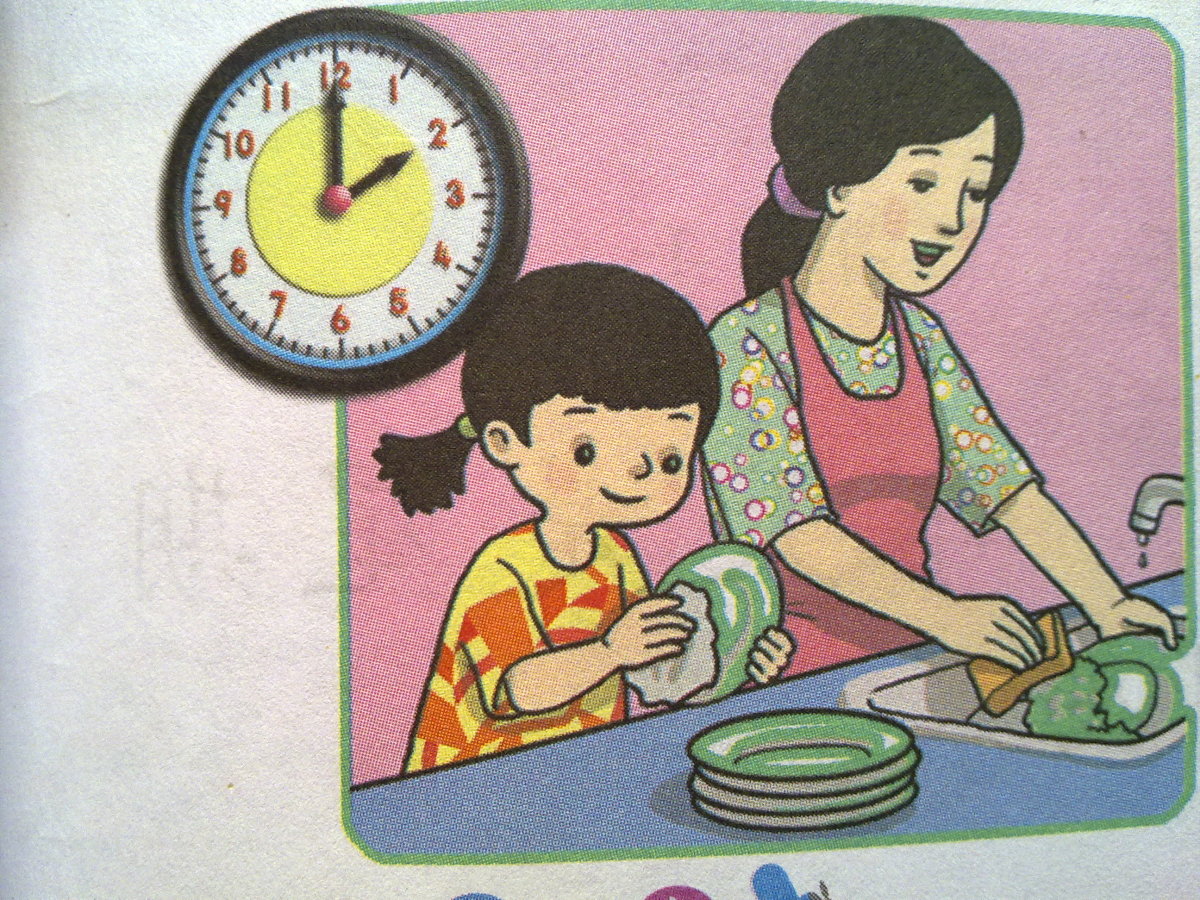Toddler Tantrums: How to Cope

Why Do Toddlers Have Tantrums?
Any parent has, at some point, experienced the horrific scene of a temper tantrum thrown by an irate toddler. Why do they act this way, and make us want to rip our hair out?
Quite simply, the child is frustrated by something they either cannot have, or cannot make to work, and has not yet developed the vocabulary to express their feelings, so they have an emotional meltdown.
As frustrating and aggravating as the situation is for the child, it is often as much or more so for the parent who must deal with the situation. What do you do to halt the fit? There are probably as many ways to deal with it as there are parents. Some are brilliant, others, not such great ideas. Tying the child to a chair is generally frowned upon these days.
Based upon my own experience, here are my own ways of dealing with the tantrums; different methods work differently with different children (including those in the same family), and the same method will not always work with the same child, so I’ve included a variety.
I'm old-school. I believe in teaching respect and good behavior from a young age, and not allowing the child to run the household and become a spoiled brat who gets whatever they want just by pouting and shouting, like "Veruca Salt" from the Willy Wonka movie. To arrive at this state, she was obviously given whatever she wanted from a very young age.
No One Likes a Child Like This
At Home
If you are in the privacy of your own home when this event occurs, there are several ways to cope.
- Attempt to calmly and totally ignore the child; turn a deaf ear. (A good set of earplugs or earbuds with music will help.)
- Get down on the floor and imitate the child. This will often prove a sufficient distraction which the child may even find amusing, thus ending the tantrum.
- Turn the tables, and set a timer challenge and ask them to keep it up as long as they can. They will soon enough stop on their own, and if they have expended enough energy, may even fall asleep. (Again, the earplugs will be useful.)
- Holding their breath. This freaks out some parents, and causes an instant cave-in to the child’s demands. Big mistake. They simply cannot hold their breath long enough to do damage. Even if they manage to do so long enough to pass out (unlikely), there is still no cause for alarm, because breathing is an automatic process, and will resume as soon as conscious control is lost.
To handle this one, there are two options:
a) ignore it completely
b) challenge the child to a contest to see who can hold their breath longer. Of course, you will win, given the larger lung capacity of an adult.
Keep in mind that although two of the methods call for essentially ignoring the child and the behavior, it is necessary to keep a watchful eye. Don’t leave the child unattended, but don’t let them be aware you are slyly watching them. You’ll be on hand to step in and move them to safety should they be in danger of whacking themselves on a piece of furniture. Simply move them away, without a word, and go back to what you were doing, and observation mode.
The Meltdown Begins...

Out Shopping
Tantrums in public offer the additional problem of being embarrassing for the parent, as the child is causing a huge scene; other people are staring, not always with friendly glances. Some may offer snide “advice,” or suggest you, "..leave the brat home until they learn to behave." That is not always an option, and a frustrated, tired child does not have the necessary social coping skills, so they act out.
That said, the very worst thing you can do as a parent is to give in and leave the store. That is probably what the kid wants--to go home, or to the park, or wherever else seems better than being trapped standing in a boring line or following a shopping cart.
If they are still in a stroller, that is the best place for them to stay. They won’t be able to break free and run around the store, possibly injuring themselves on a display, or creating hazards for other shoppers. If you are using the seat in a shopping cart, be sure to use the seat belt strap, so they cannot stand up and fall out. Here, then, are my coping methods for in-public tantrums.
- Breath-holding. Again, simply ignore the child. They will soon enough tire of this game and realize it gets them nowhere.
- Crying, yelling: first, apologize to other nearby shoppers, and explain that the child is being taught that throwing a fit is not going to work to get their way. People will be much more tolerant when they realize you are a responsible parent exercising discipline instead of caving in and letting the child have whatever they want.
- Throwing themselves on the floor, screaming, thrashing. Nothing to do here but physically pick the child up and place them back into the restraint of the stroller or shopping cart seat. As with the scenario above, explain to nearby shoppers that your intent is discipline.
- Just crying, loudly. Pick the child up, and hold them as you would an infant. Make soothing noises, and say, "Oh, my poor, poor BABY." Most likely the child will make note of this, and vehemently deny being a "baby." At this point, put them down, as you say, "Oh, I'm sorry; my mistake. You were crying just like a little baby, so I thought you were one."

In a Restaurant
Prevention is the best help.
- First of all, request a booth, rather than a free-standing table. Seat the child in the booster seat on the inside, ‘trapping’ them between an adult and the wall. This will prevent them from getting down and running around annoying other diners. Yes, they may try to snake their way out and under the table. Presumably, you, as the adult, are physically stronger, and can prevent this.
- Perhaps the best prevention of all, though, is to be sure the child is not really hungry. Restaurant wait times for food can seem intolerable to a hungry child, and sometimes, if there is poor service, even maddening for adults. Feed the child at least a light snack before leaving home, and bring along coloring or some other quiet activity to occupy the wait time.
- If you are traveling, come prepared with a stash of snacks that can be given to appease the urgency of any hunger pangs. Failing that, ask the server if you can have some crackers. Most restaurants have individually-packaged soda crackers, and will be happy to provide you with this distraction.
- If the child is still using a high chair, so much the better--strap them in, and provide small snacks such as “Cheerios”™ to occupy them during the wait.
Under no circumstances should you ever promise a treat or reward of any kind for cessation of the bad behavior.
That only teaches them to continue, and they will then learn to throw a fit just to get a treat.
It is a self-defeating practice.
Best Practices
When they are behaving well is the time to give a treat, take them to a park, or some other activity the child enjoys. This reinforces good behavior instead of bad, and ultimately they will learn other ways to work out their frustrations.
Even though they may not yet have the language capacity to express their feelings, as a parent, you can help them develop this skill, by talking to them, giving them the words, so they can let you know they are frustrated, angry, confused, and so on, just as you do for physical problems, such as earaches, tummy-aches and the like.
I hope you've found this granny's years of experience helpful.
© 2014 Liz Elias








